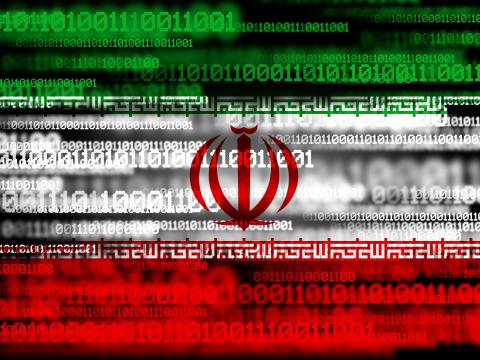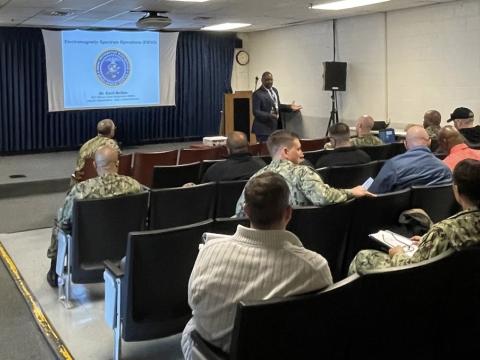CIOs at Homeland Call for More Focus on Mission
The biggest challenge the Department of Homeland Security (DHS) faces is not technology but governance, according to Margie Graves, the deputy chief information officer (CIO) there. The department must manage many large and complex components resulting from bringing together 22 agencies, and it is still sorting some of that out. The goal is for central governance with distributed execution. The enterprise solutions that are replacing the stovepiped architecture of the individual agencies are making this possible.
Four members of the department's CIO Council met to discuss the challenges ahead as part of the AFCEA Homeland Security Conference and a radio broadcast on WTOP radio.
Going forward, the department needs to continue to embrace the technologies of the future. Graves explained that it is closely tracking cloud computing as a wave of the future. Scale up and scale down capability as well as reduced data center footprints are important elements for success. Part of the challenge is how to federate the clouds and how to provide security as the clouds talk to each other.
More effort should go to mission and less to infrastructure, according to Graves, a thought that echoed throughout the panelists. Graves also said that social networking is another part of the equation.
Sandy Peavy, CIO Federal Law Enforcement Training Center, DHS, concurred on the importance of social networking. Training students the way they learn to day is her desire. She explained that the goal of her organization is to provide the right type of training in person or online, anytime and any place. She strives to make sure that law enforcement officers can go home safely to the family at night as a result of having the training they need.
Technology is also advancing capabilities in border control, according to DHS Customs and Border Protection CIO Charles Armstrong. Technologies such as RDFI are giving agents more information in real time. Border agents work in an environment where the threat morphs, and it is essentially technology that enables them to stay ahead of the changes.
The department's Immigration and Customs Enforcement CIO Luke McCormack looks to technologies that are more utility based for his organization's mission.




Comments